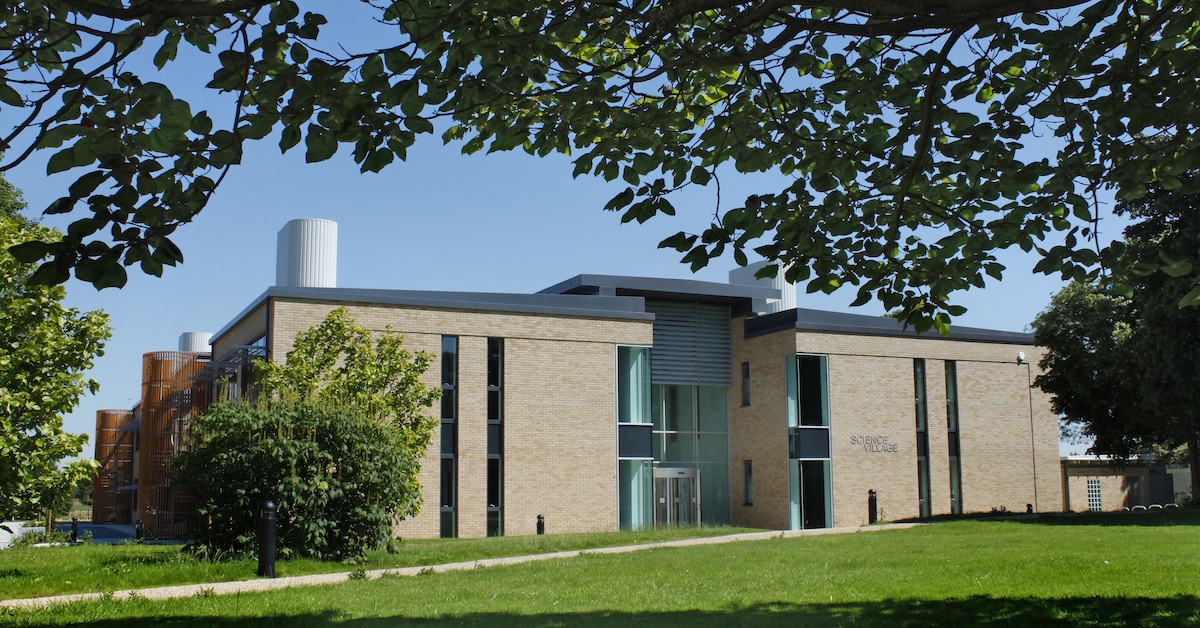Cheffins has found that demand for commercial business space, across the laboratory, industrial and office sectors, suggests that the Cambridge region will be largely insulated from the wider economic downturn which may be facing other parts of the UK.
A shortage in supply and sustained levels of demand have been found to be driving rental values, as was revealed in the firm’s Datapoint report.
Datapoint, which was released on March 10, is an annual review of the business space market in Cambridge, and the report’s key findings can be read below.
Regarding laboratory space, the dominating factor was the massive imbalance between supply and demand, which governed the Cambridge lab market throughout 2022. With no available space throughout the year, annual take up equated to just 55,000 sq ft, representing an approximate 69 per cent reduction in take-up from 177,000 sq ft in 2021.
Demand for lab space remained strong throughout 2022, with current requirements in the market standing at around one million sq ft. That said, lack of transactions mean there was no real evidence to show rents had moved on during the year although a number of deals currently being progressed are expected to show substantial growth with rents of around £65 per sq ft.
The current available supply stands at zero, although building works are underway Building 960 at The Babraham Research Campus, Unity Campus and 1000 Discovery Drive on the BioMedical Campus, which will provide circa 235,000 sq ft of new space – much of which is currently under offer, including to BioNTech which is understood to be establishing a Cambridge research centre at the Addenbrookes Campus.
In the office market, take up in Cambridge fell significantly due to a lack of delivery of new stock during 2022, falling approximately 16 per cent in 2022, from the previous year’s total of 474,000 sq ft to 395,000 sq ft.
Much office space was taken up for conversion to laboratory use, such as with the deals with Metrion Bioscience and Sphere Fluidics at the Granta Centre, as well as at Vision Park, Histon.
Rents in the city centre now stand at £57 per sq ft for prime stock, such as at the new Brooklands development by M&G Real Estate and Wrenbridge, which will provide 67,000 sq ft of space, with commitment already from Siemens from 2024 onwards. Edge of town prime stock is now achieving rents of £41 per sq ft.
Key office transactions for 2022 include 22 Cambridge Science Park, where 30,000 sq ft was let to Dassault Aviation; at Brooklands, 27,630 sq ft was let to Siemens and at Cavendish House on Cambridge Business Park, 22,060 sq ft was let to Redgate Software.
2022 also saw significant investment into offices in Cambridge, with the largest transactions being the sale of Buildings 1 and 2 at Cambridge Science Park, which, together with Building 26, were sold to Brockton Everlast.
Despite a turbulent economic climate, data from 2022 suggests a bumper year for the industrial property sector in the Cambridge area, however lack of stock could hamper the progress of the market throughout 2023.
Take up was more than double the previous year and availability sat approximately 100,000 sq ft above where it was at the end of Q4 2021, with the letting of the CDC Building at Sawston to HWC Logistics accounted for almost half of the overall figure.
2022 also saw the delivery of quality new build supply with “tech box” and light industrial schemes at Bourn Quarter and Bar Hill Gateway, much of which was let at new rental levels at £13.50 per sq ft.
“Tech boxes” characterised the market, with a number of occupiers taking industrial space and fitting it out with higher grade office content, labs or light assembly workspace – six of the thirteen largest transactions across the region were let to occupiers fitting this description.
However, a lack of current and new stock in the pipeline for 2023/2024 signals an upcoming shortage of supply, as a result of increased build costs and challenges facing developers.
Michael Jones, head of commercial at Cheffins said: “The level of activity in the market and rents achieved across all three sectors is arguably testament to the strength of the technology and life science economy around Cambridge.
“The data we have found suggests that Cambridge will be insulated in part from the wider economic downturn, however, there does need to be a level of readjustment on investment and land values with investors and developers entering the life science sector needing to properly understand the dynamics of the market and how lab occupiers select property.
“The levels of interest in space currently under construction across all areas of the market suggests that further supply is required, however, with economic uncertainty and increased building costs, the decision for developers and landlords to continually invest in Cambridge is no longer so clearcut.
“There is a very real threat to Cambridge here, and without continued delivery of space, Cambridge will not be able to continue to thrive. For example, in the industrial market, there will be some major challenges for developers within this sector, as construction costs continue to rise and investment values have not recovered from the significant fall suffered in 2022.
“This combination is making new industrial development difficult to stack up financially, unless rental levels find a new high water mark above and beyond those seen to date, or businesses are able to absorb the increased costs on top of rising utilities bills, salaries and business rates.”
The full Datapoint report can be accessed here.
© Eastern Echo (powered by ukpropertyforums.com).
Sign up to receive our weekly free journal, The Forum here.









